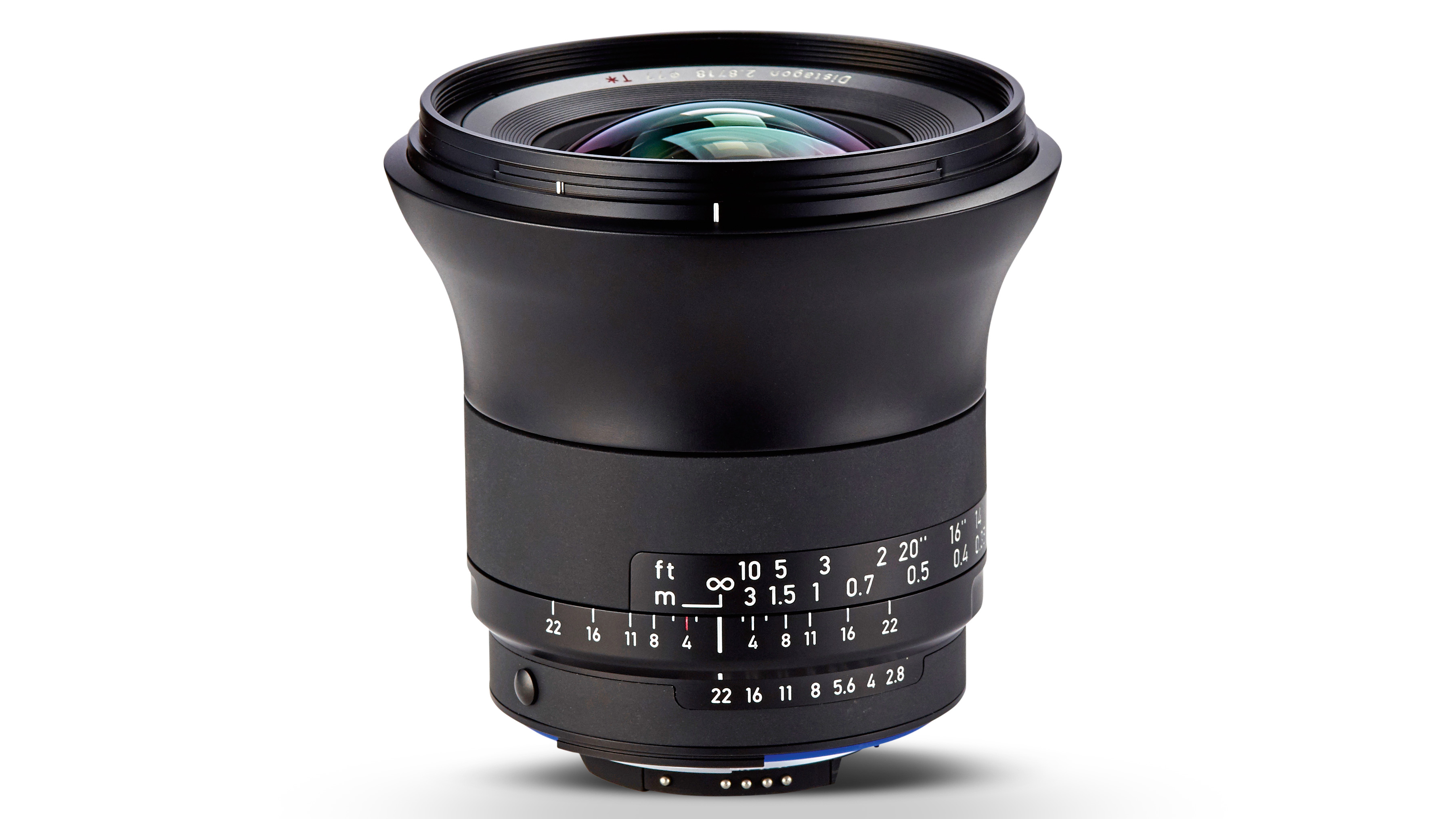Digital Camera World Verdict
Although hugely expensive to buy, this ultra-wide-angle prime from the Zeiss Milvus range is typically immaculately engineered, has wonderfully refined handling characteristics and delivers beautiful image quality. The lack of autofocus won’t be to everyone’s liking but manual focusing with this lens is particularly smooth and precise. The Nikon-mount edition also features a de-click facility for the aperture ring, enhancing its usefulness for movie capture as well as stills.
Pros
- +
Outstanding build quality
- +
Impeccable handling
- +
Luscious image quality
Cons
- -
No autofocus
- -
No de-click facility for Canon
- -
Very expensive to buy
Why you can trust Digital Camera World
The Zeiss Milvus 18mm f/2.8 is based on the company’s classic Distagon (retrofocus) design, aiming for consistent correction across the entire image frame, along with very low field curvature. It’s one of a number of Milvus wide-angle, full-frame compatible lenses available in ZE (Canon EF) and ZF.2 (Nikon F) mount options, also including 15mm f/2.8, 21mm f/2.8, 25mm f/1.4 and 35mm lenses in both f/1.4 and f/2 options.
Specifications
Mount: Canon EF, Nikon F
Full-frame: Yes
Autofocus: No
Stabilization: No
Lens construction: 14 elements in 12 groups
Angle of view: 100 degrees
Diaphragm blades: 9
Minimum aperture: f/22
Minimum focusing distance: 0.25m
Maximum magnification ratio: 0.14x
Filter size: 77mm
Dimensions: 90x93mm
Weight: 721g (C), 675g (N)
Key features
The full metal build of this Zeiss extends to a flock-lined metal hood. The lens is fully weather-sealed, beautifully finished, and handles superbly well. It’s limited to manual focus but the long-travel focus ring operates with a fluid feel and is a joy to use. The Nikon-fit edition of the lens features an aperture ring, complete with a de-click facility (operated with a supplied key), for stepless aperture control when shooting movies. That’s unfortunately not available in the Canon-fit version.
There are plenty of highlights in the optical path. The total count of 14 elements includes two aspherical elements to reduce aberrations and distortion while enhancing sharpness, and four anomalous partial dispersion elements to boost color rendition and clarity while minimizing color fringing. Zeiss’s legendary T* coating is applied to both sides of all elements, to further improve color and contrast while minimizing ghosting and flare. Another bonus in banishing stray light is that the edges of all elements feature a pitch-black lacquer which is applied by hand.
The design features a flared front section and the lens has a relatively hefty build. But while the metal body is cold to the touch when the ambient temperature drops, the rubber-coated focus ring remains comfortable to use. Comprehensive weather-seals are included in the construction.
Performance
True to its promise, the Zeiss delivers outstanding sharpness and contrast, even when shooting wide-open at f/2.8, along with excellent color rendition. Color fringing is minimal at all aperture settings and there’s remarkably little distortion for such an ultra-wide-angle lens. Resistance to ghosting and flare is similarly impressive.
Lab results
We run a range of lab tests under controlled conditions, using the Imatest Master testing suite. Photos of test charts are taken across the range of apertures and zooms (where available), then analyzed for sharpness, distortion and chromatic aberrations.
We use Imatest SFR (spatial frequency response) charts and analysis software to plot lens resolution at the center of the image frame, corners and mid-point distances, across the range of aperture settings and, with zoom lenses, at four different focal lengths. The tests also measure distortion and color fringing (chromatic aberration).
Sharpness:
Levels of sharpness across the entire image frame remain outstanding even when shooting wide-open at f/2.8.
Fringing:
There’s very minimal color fringing even at the extreme edges and corners of the frame, throughout the entire aperture range.
Distortion: -0.78
The best camera deals, reviews, product advice, and unmissable photography news, direct to your inbox!
The amount of barrel distortion is amazingly low for such an ultra-wide-angle lens.
Verdict
Although hugely expensive to buy, this ultra-wide-angle prime from the Zeiss Milvus range is typically immaculately engineered, has wonderfully refined handling characteristics and delivers beautiful image quality. The lack of autofocus won’t be to everyone’s liking but manual focusing with this lens is particularly smooth and precise. The Nikon-mount edition also features a de-click facility for the aperture ring, enhancing its usefulness for movie capture as well as stills.
Matthew Richards is a photographer and journalist who has spent years using and reviewing all manner of photo gear. He is Digital Camera World's principal lens reviewer – and has tested more primes and zooms than most people have had hot dinners!
His expertise with equipment doesn’t end there, though. He is also an encyclopedia when it comes to all manner of cameras, camera holsters and bags, flashguns, tripods and heads, printers, papers and inks, and just about anything imaging-related.
In an earlier life he was a broadcast engineer at the BBC, as well as a former editor of PC Guide.








